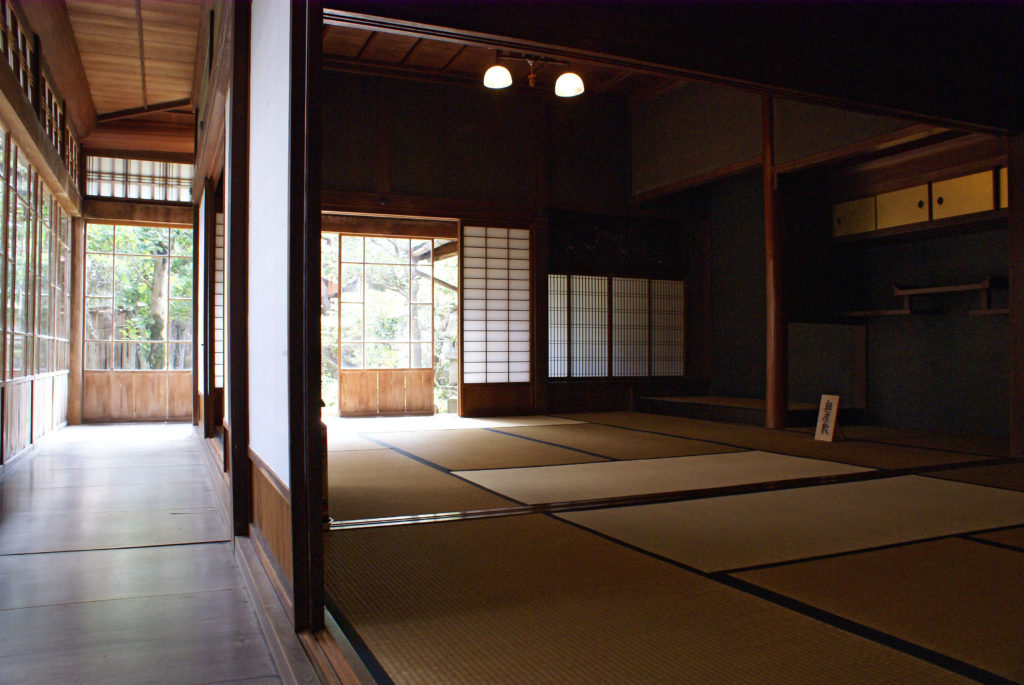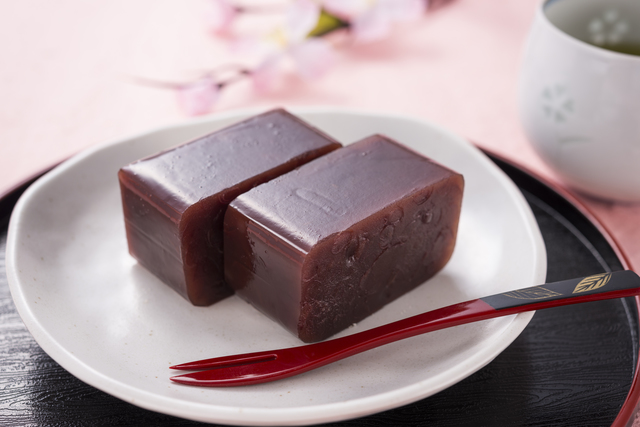Western paper turns away the light, while our paper seems to take it in, to envelop it gently, like the soft surface of a first snowfall.
— Jun’ichirō Tanizaki

I’ve found it curious how various writings on architecture seemingly discuss matters other than the design of buildings, but rather the sensibilities of the period. Rem Koolhas’ Junkspace and Peter Eisenman’s Post-Functionalism come to mind as some examples.
It is perhaps no surprise then, that In Praise of Shadows has been somewhat co-opted into architectural theory. I can’t remember how I was introduced to this book, but it was likely either from some forum thread about Japanese aesthetics or architecture. Indeed, the foreword by Charles Moore, architect of the Piazza d’Italia in New Orleans, opens with a suggestive framing: “One of the basic human requirements is the need to dwell, and one of the central human acts is the act of inhabiting”.
But the commonality that In Praise of Shadows shares with lasting architectural works is that it is a sketch not of buildings, but of sensibilities.
Through In Praise of Shadows, Tanizaki breathes life into the invisible objects that exist throughout Japan: Japanese rooms with their paper-paneled shoji, shadowed alcoves, and walls of “clay textured with fine sand”; Japanese paper, lacquerware, soup, rice, and confections; Nō performances, puppet theaters; even Japanese toilets. He breaks down the aspects of these objects that make them pleasing, and always the discussion returns to how their beauty is only truly revealed, and given depth, in the shadows. Transitioning from vignette to vignette, Tanizaki invites us into an old Japanese world without electric lights, and shows how his Japanese ancestors must have faced the realities of life and discovered beauty in these shadows.

“… and is it not indeed a color to call forth meditation? The cloudy translucence, like that of jade; the faint dreamlike glow that suffuses it, as if it had drunk into its very depths the light of the sun; the complexity and profundity of the color — nothing of the sort is to be found in Western candies. How simple and insignificant cream-filled chocolates seem by comparison.”
— Jun’ichirō Tanizaki, on yōkan which are a traditional Japanese confection
While his search for an answer as to why Japanese aesthetics favors the dark takes him too far at times (his argument about Oriental complexions seemed rather contrived), I find myself agreeing with many of his thoughts. His comments about how the world would have been different if the East had “discovered our own substitute for the trolley, the radio, the airplane of today” were particularly striking. Undoubtedly, many technologies would have evolved to better suit Eastern tastes and circumstances.
It is truly a shame that technological lock-in makes it uneconomical to explore such avenues. Accidents of the past have caused us to lose entire horizons of potential beauty. Even in the West, the constraints of technology are apparent. One example: MIDI was designed to capture individual notes produced by a keyboard, and has since become the standard for encoding electronic sounds, but it fails to capture the rich timbre and the continuous nature of other instruments; it is a failure for even the piano, because while the keys on a piano are discrete, the music it produces is not. Tanizaki includes his own analogue of this struggle: “And had we invented the phonograph and the radio, how much more faithfully they would reproduce the special character of our voices and our music… we distort the arts themselves to curry favor for them with the machines.”
Upon completing the essay, I was surprised to learn that this work had been written in 1933. If the world then was already too bright by Tanizaki’s standards, the old Japanese world is possibly too far removed for me to even imagine. It might be the allure of the things that are out of our reach, or it might simply be the strength of the writer’s emotions, but I now yearn for an opportunity to experience the Japan that Tanizaki once lived in.
In the afterward, we are treated to an amusing anecdote in which an architect announced to Tanizaki that he had read his essay In Praise of Shadows and “[knows] exactly what you want.” Tanizaki simply responded, “But no, I could never live in a house like that.”
The sentiment conveyed in that anecdote best conveys the emotional tone of In Praise of Shadows. This is not a call-to-arms to revive Tanizaki’s ideal Japanese aesthetics, but rather the resigned sigh of an eminent Japanese novelist remarking on a beauty that future generations might never know, and doing his part to preserve a space in the world of literature in which this aesthetic may live on. As he writes, “I do not ask that this be done everywhere, but perhaps we may be allowed at least one mansion where we can turn off the electric lights and see what it is like without them.”